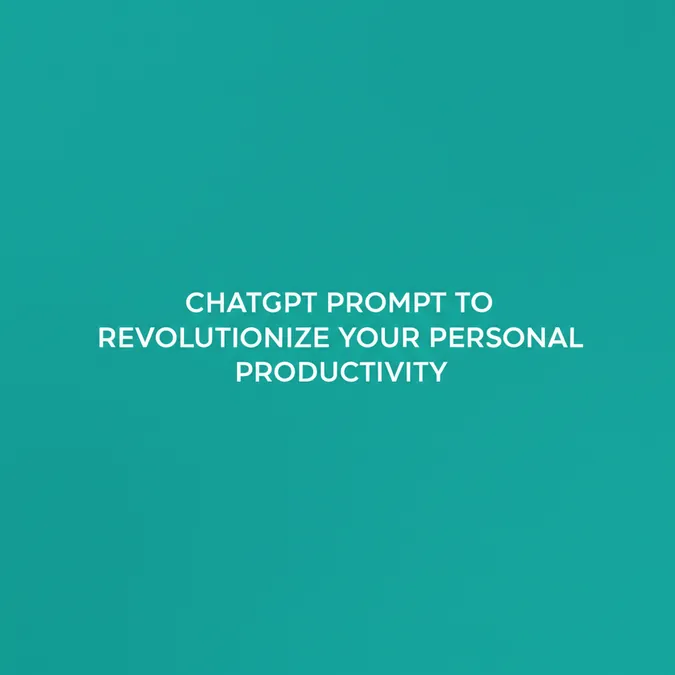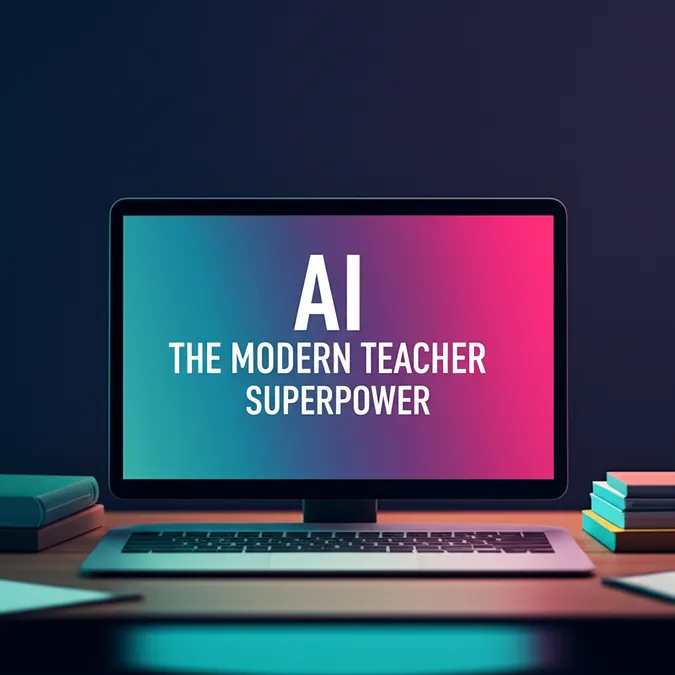AI Tools And Your Brain New Research Insights
Unpacking the MIT Study on AI and Brain Activity
Researchers recently conducted a study involving 54 participants aged 18 to 39. Over four months, these individuals were tasked with writing several 20-minute essays based on SAT prompts, covering topics like the ethics of philanthropy and the impact of excessive choices.
Participants were split into three groups for their essay writing tasks. One group used OpenAI's ChatGPT, another used Google's search engine, and the third group used no external resources. Throughout the process, an electroencephalography (EEG) device monitored brain activity across 32 regions for each participant.
The findings indicated that the ChatGPT group exhibited the lowest levels of brain engagement. The researchers noted this group "consistently underperformed at neural, linguistic, and behavioral levels." A notable shift in behavior was observed: while initially using ChatGPT for structural guidance, participants increasingly resorted to copying and pasting entire essays as the study progressed.
Nataliya Kosmyna, the study's lead author, described the later-stage approach of the ChatGPT users: "It was more like, 'just give me the essay, refine this sentence, edit it, and I'm done.'"
Expert Commentary and Broader Implications
Kosmyna explained her decision to release this research as a preprint study, a first for her. While submitted for peer review, the process can take eight months or longer. She felt an urgent need to highlight an issue currently impacting children's learning.
Kosmyna stated, "What really motivated me to put it out now before waiting for a full peer review is that I am afraid in 6-8 months, there will be some policymaker who decides, 'let's do GPT kindergarten.' I think that would be absolutely bad and detrimental. Developing brains are at the highest risk."
She emphasized the importance of education on AI tool usage: "Education on how we use these tools, and promoting the fact that your brain does need to develop in a more analog way, is absolutely critical. We need to have active legislation in sync and more importantly, be testing these tools before we implement them."
Adding another perspective, Zishan Khan, a psychiatrist specializing in children and adolescents, shared his observations. He noted an increase in children heavily relying on AI for schoolwork, warning that "an overreliance on the technology can have unintended psychological and cognitive consequences, especially for young people whose brains are still developing."
Khan further elaborated on the potential downsides: "These neural connections that help you in accessing information, the memory of facts, and the ability to be resilient: all that is going to weaken."
The Push for AI in Education Amidst Concerns
Despite these articulated risks to cognitive development and critical thinking, particularly for younger individuals, there is a continued drive to integrate generative AI into educational settings. For instance, OpenAI collaborated with the University of Pennsylvania's Wharton School last year to develop a course demonstrating how educators can use generative AI in their teaching methods.
Furthermore, President Donald Trump signed an executive order in April aimed at promoting the use of AI in U.S. classrooms.
White House staff secretary Will Scharf commented on the executive order's objective: "The basic idea of this executive order is to ensure that we properly train the workforce of the future by ensuring that school children, young Americans, are adequately trained in AI tools, so that they can be competitive in the economy years from now into the future, as AI becomes a bigger and bigger deal."
Further Reading and Sources
For more details, you can refer to the original reporting from various outlets:
- Insights from TIME on AI learning in schools
- Coverage by The Hill on ChatGPT and cognitive decline research
- Reporting from the Independent on AI essays and cognitive effects
- USA Today's article on the MIT brain activity study


